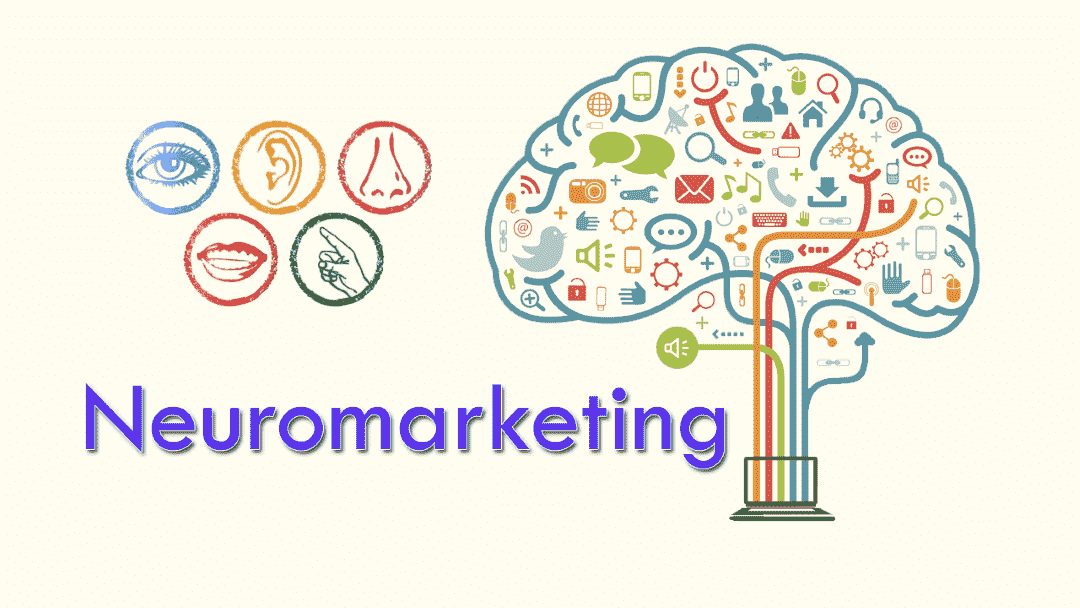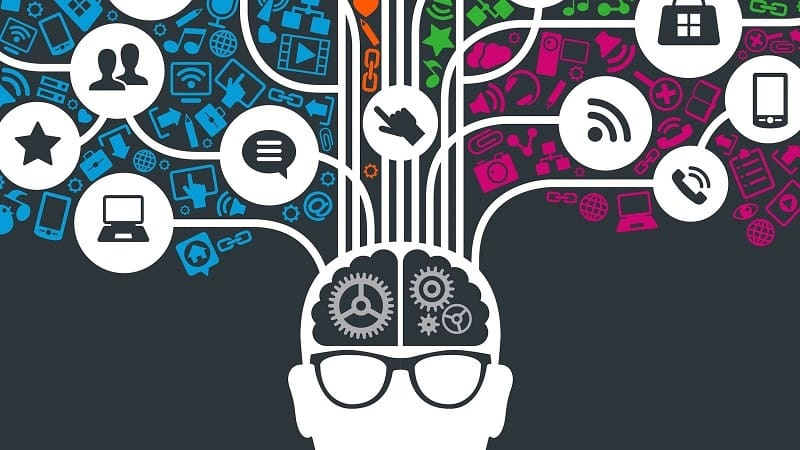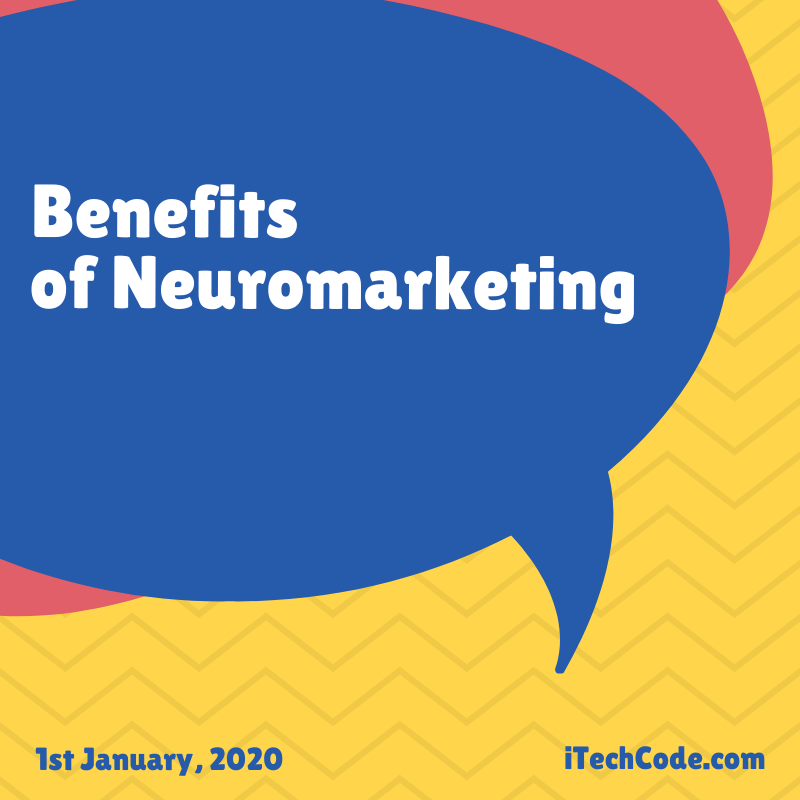Neuromarketing is a mercantile marketing communication technique that applies neuroscience. It includes the direct perception of the market or clients to new products through scanning the brains’ activity or the brains’ visual picture on the product. Testing the markets’ response with this technique is known as neuropsychology. Click here to find out more information.
Types of neuromarketing.
-
Eye-tracking.
This is whereby the marketer follows the eye movement of a client during the advertisement of a product. This professional is, therefore, able to know if the item can capture the consumers’ attention. With this, the company can be able to tell the following,
- Do the consumers pay attention to products put in the entrance of a store?
- How clients distribute eye movement when shopping.
- If the consumers read posters or billboards or they stare at the pictures thinking about something very different.
-
Electroencephalogram.
This is like a mind-reading technique whereby, not only do these experts know the attention the product brings to the client but also what the client thinks about it. They can tell if the feature in the market bores or interests the client. This mind-reading technique is very accurate and fast. It can notify a persons’ perception and his/her reaction almost immediately.
-
Use of mind tricks.
This technology has further advanced to making the consumer see what you want them to see and playing with their mind to subconsciously convince them to purchase an item. For example, removing the currency sign from a product will lure them to buying instead of sending them away with the cost of the item.
-
Facial expressions.
The facial expression clients make when they are checking out items, is very important. This technique helps marketers read the faces of consumers through their facial muscles.
The way clients respond to something with their faces will be able to show if they like it or not. Though a smile may not necessarily mean they like it, most facial movements are accurate, especially when the consumer does not know they are making them.
-
Marketing using human senses.
Neuro-marketing has further advanced to using some of the human senses to encourage a consumer to purchase something.
Advertising an item using high pitched sounds or music will be perceived by a client as more appealing than one with a low-pitched sound, which consumers find boring and therefore pay little or no attention to the ad.
This technique further uses other senses like smell and sight. Bright colored ads or advertisements attract the consumers’ eye.
Here are a few neuromarketing benefits.
- Explore new viewpoints.
By scanning clients’ perception of the item, marketers get new ideas on how a client is thinking and how they can change the marketing technique to make it more memorable and emotionally engaging.
- It scales the priming effect.
Priming technique is whereby, your perception of another stimulates your response to something. For instance, if you see a logo or a particular advertisement, you think of something related to it. Some of these stimuli result from concepts and feelings these advertisements bring to us. This merchandising therefore measures those priming effects.
- It measures the subconscious memory about an item from a client.
This mechanism helps to understand the perception of a product that can come from past advertisements. By doing this, a marketer can tell if marketing a product will influence old memories or not.
- Makes work easy for the marketer.
Making a client aware of the merchandise offers research ways that industries can maximize. An experienced marketer can go door to door asking on views about the product, but he/she cannot be able to cover ideas on a lot of people. Therefore, this type of marketing will ease the workload and give commendable results.
- Clients’ change in perception when asked to say what they think about a product.
When you ask a client what they think about a specific item in the market, they start to examine, revise and rationalize their perception about it. Asking them to talk about it will trigger them to consider a product more in-depth carefully.
- Rate common scales.
If a product brings a large number of similar rating data, it is still not clear why or what may influence clients to rate it like that. Different clients can evaluate a product similarly but due to varying reasons of how they perceive it. Therefore, neuromarketing can differentiate these variations in rating.
- Uncover emotional responses.
A human being is known to have different emotions or change of emotions very quickly if influenced by something either positive or negative.
These emotions may affect his/her decision to make a purchase. This marketing method helps analyze what triggers these emotions.
Therefore, a merchandiser will be able to look for ways a consumer will still choose to purchase the product despite the unstable emotions. See this link to see more benefits of using this technique in your business https://businessfirstfamily.com/neuromarketing-business-marketing/
Conclusion
Neuromarketing has therefore taken away all traditional ways since it offers accurate and vast perceptions on the human mind over products in the market. It has reduced the workload on marketers who initially did a lot of work and end up with not so positive results but just assumptions. This technology will bring profits to industries even without doing a lot of work. If you want to work smart, choose neuromarketing.



You can also stay updated by subscribing to iTechCode.